Eleven Notes on our Cantankerous Credit Markets
1) Note to small investors seeking income: when someone friendly from Wall Street shows up with an income vehicle, keep your hand on your wallet.? One of the oldest tricks in the game is to offer a high current yield, where the yield can get curtailed through early prepayment (typically in low interest rate environments), or some negative event that forces the security to change its form, such as when a stock price falls with reverse convertibles.? Wall Street only gives you a high yield when they possess an option that you have sold them that enables them to give you the short end of the stick when the markets get ugly.
2) When times get tough, the tough resort to legal action.? Financial Guarantee Insurance contracts are complicated, and the guarantors will do anything they can to wriggle off the hook, particularly when the losses will be stiff.
3)? The loss of confidence in financial guarantors has not changed the operations of many muni bond funds much.? With less trustworthy AAA paper around, many muni managers have decided that holding AA and single-A rated muni bonds isn’t so bad after all.? Less business for the surviving guarantors, it would seem.
4) Jefferson County, Alabama.? Too smart for their own good.?? So long as auction rate securities continued to reprice at low rates, they maintained low “fixed” funding costs from their swapped auction rate securities.? But when the auctions failed, the whole thing blew up.? There will probably be a restructuring here, and not a bankruptcy, but this is just another argument for simplicity in investment matters.? Complexity can hide significant problems.
5) Spreads were wide one week ago, even among European government bonds, and last week, as these two posts from Accrued Interest point out,? we had a significant rally in spread terms last week.? Now, credit can be whippy during times of stress, and there are often many false V-like bottoms, before the real bottom arrives.? Be selective in where you lend, and if the sharp rally persists for another few weeks, I would lighten up.? That said, an investor buying and holding would see spreads as attractive here.? When spreads are so far above actuarial default rates, it is usually a good time to buy.? I would not commit my full credit allocation here, but half of full at present.
6)? I don’t fear ratings changes, if that is the only thing going on, and there is no incremental credit degradation, or increased capital requirements.? But many investors don’t think that way, and have investment guidelines that can force sales off of downgrades that are severe enough.? Personally, I think Fitch is best served being as accurate as possible here; they don’t have as large of a base to defend, as do S&P and Moody’s.? So, if downgrades are warranted, do them, and then make the other rating agencies justify their views.
7) I have not been a fan of the ABX indices, and I thought it was good that an ABX index for auto ABS did not come into existence.
8) So what is a auction rate security worth if it is failing?? Par?? I guess it depends on how high the coupon can rise, and the debtor’s ability to pay.? It was quite a statement when UBS began reducing the prices on some auction rate securities.? Personally, I think they did the right thing, but I understand why many were angry.? A complex pseudo-cash security is not the same thing as owning short-term high-quality debt.
9) Then again, there are difficulties for the issuers as well, particularly in student loans.? Not only are costs increased, but it is hard to get new deals done.
10)? GM just can’t seem to shake Delphi.? In an environment like this, where liquidity is scarce, marginal deals blow apart with ease, and even good deals have a difficult time getting done.
11)? Regular readers know that I am not a fan of most complex risk control models that rely on market prices as inputs. My view is that risk managers should examine the likely cash flows from an asset, together with the likelihood of the payoff happening.? With respect to bank risk models, they were too credulous about benefits of diversification, as well as what happens when everyone uses the same model.? Good businessmen of all stripes focus on not losing money on any transaction; every transaction should stand on its own, with diversification as an enhancer in the process.


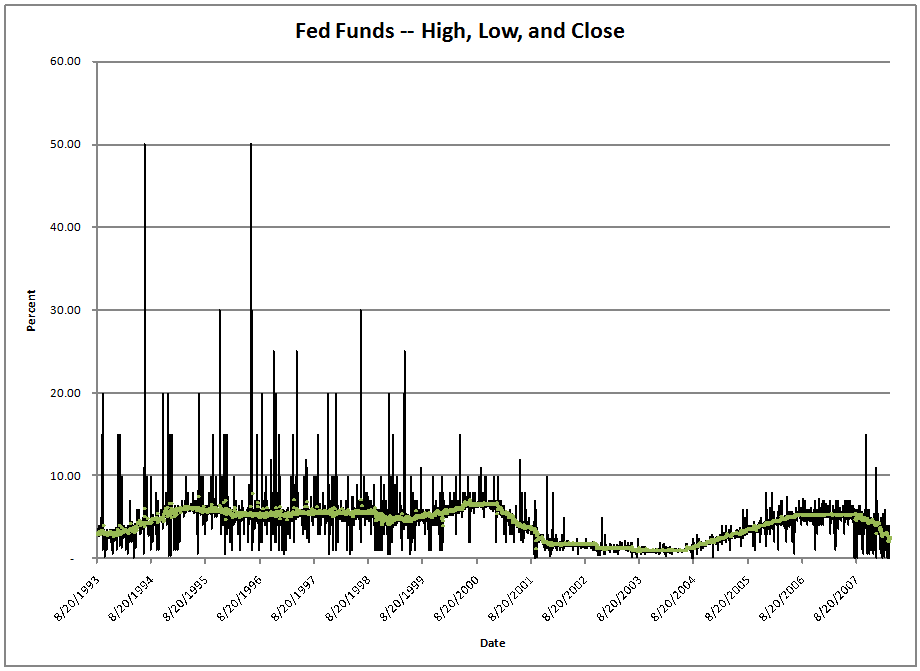
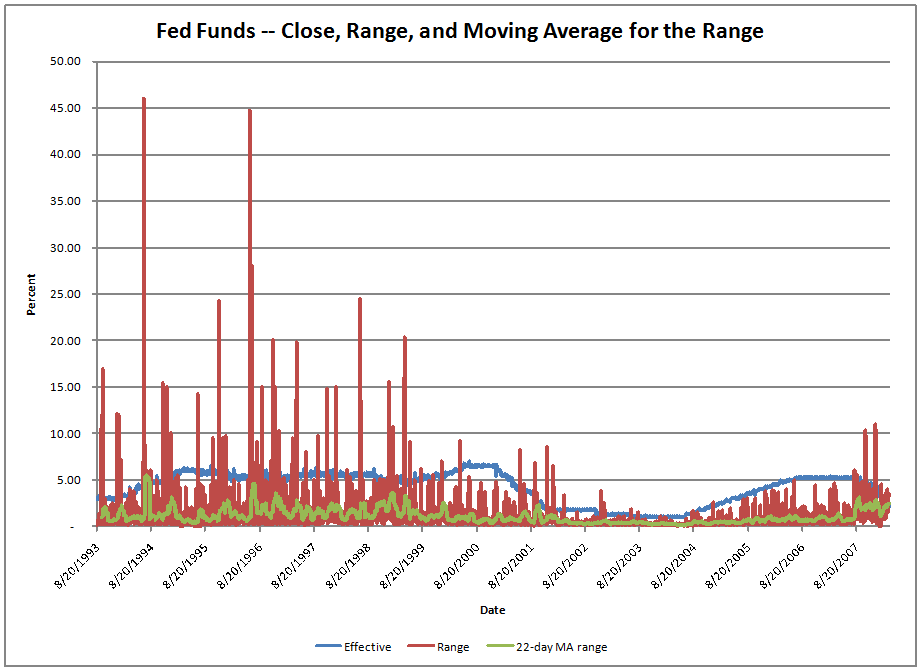
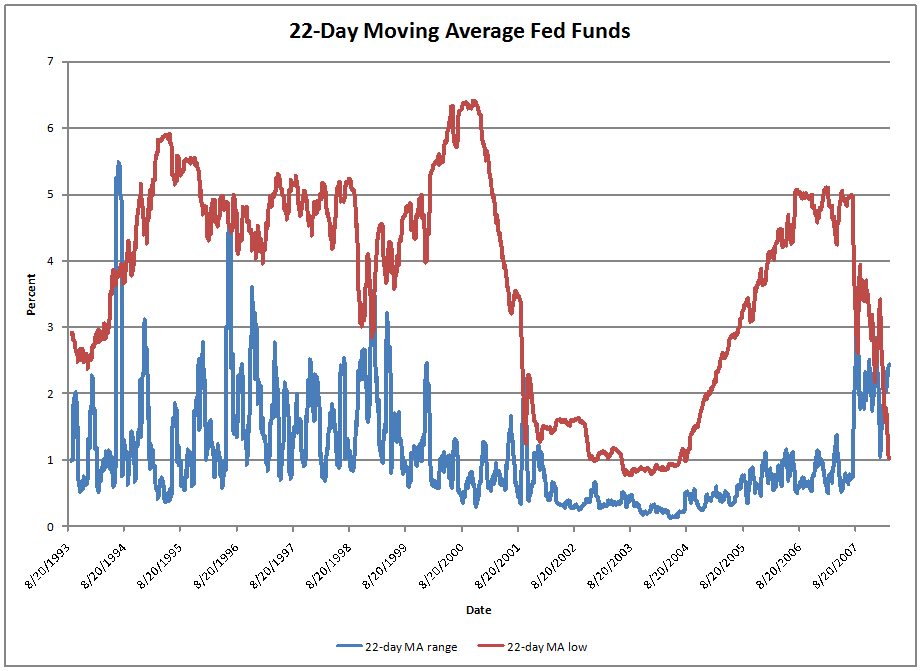
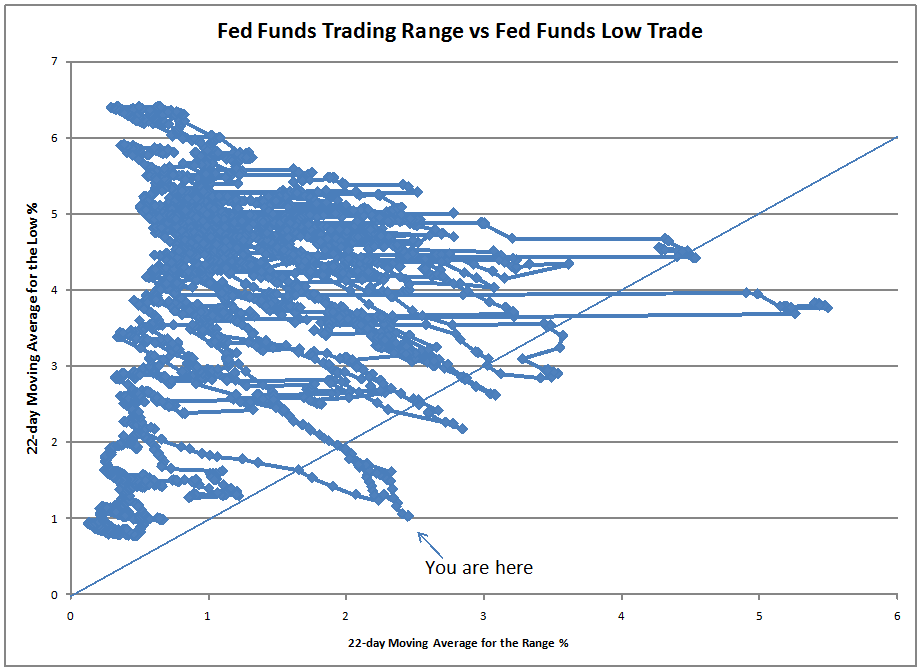
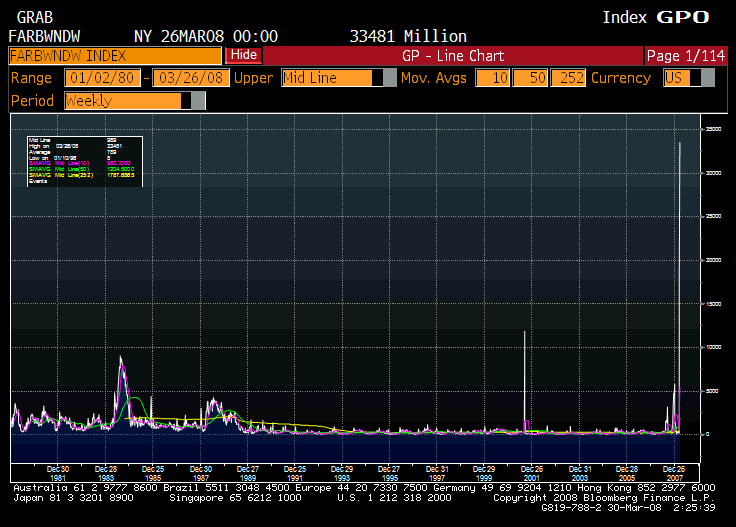
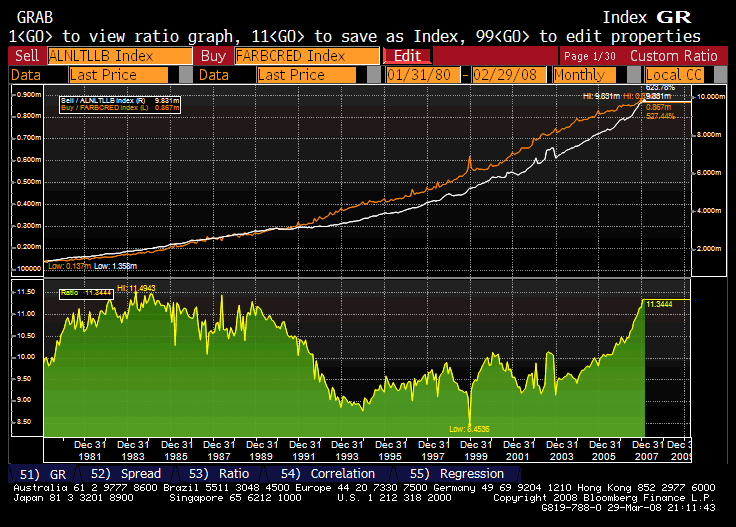
 Anyway, onto tonight’s book review. I am genuinely not sure what to conclude on “7 Commandments of Stock Investing.”? There was much that I liked, and much I did not.? I know that Mr. Marcial wrote a column for Business Week for many years, but that was not something I followed closely.? This is my first real introduction to his thought.
Anyway, onto tonight’s book review. I am genuinely not sure what to conclude on “7 Commandments of Stock Investing.”? There was much that I liked, and much I did not.? I know that Mr. Marcial wrote a column for Business Week for many years, but that was not something I followed closely.? This is my first real introduction to his thought.